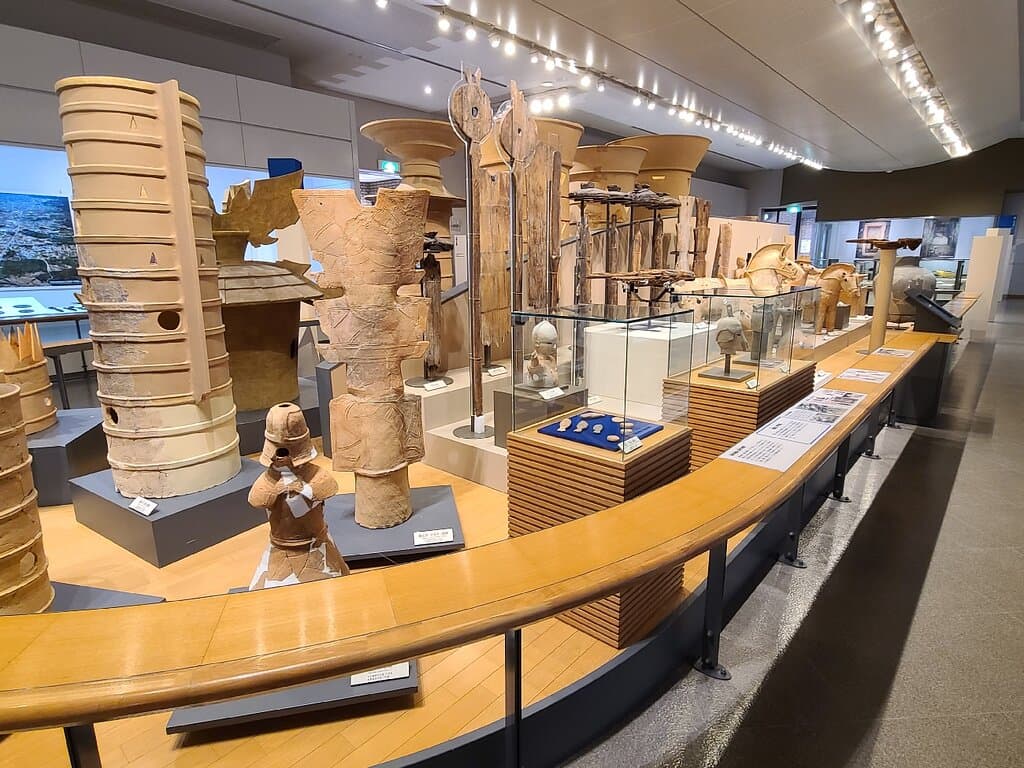
Kashihara Archaeological Institute Museum
Explore Japan's ancient past with fascinating artifacts from the Paleolithic to Nara periods. Free entry for foreigners!

Highlights
Must-see attractions

Social
From TikTok & Reddit
Best Time
Fewer crowds, more focus

Kashihara Archaeological Institute Museum
Best Time
Fewer crowds, more focus

Highlights
Must-see attractions
Explore Japan's ancient past with fascinating artifacts from the Paleolithic to Nara periods. Free entry for foreigners!
"Amazing museum, highly recommended if you're into history and archeology. "
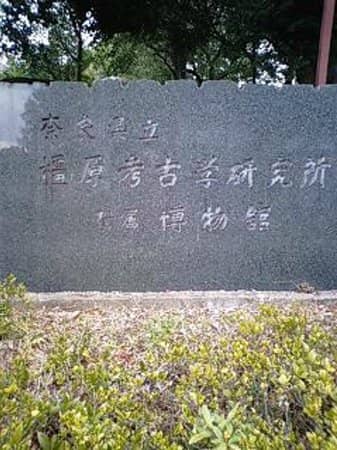
🛂 Passport for Free Entry
Don't forget your passport! Foreigners get free admission, a great way to save money. :moneywithwings:
📖 Grab the English Guide
Most exhibits are in Japanese, but the English guidebook is essential for understanding the displays. :book_lover:
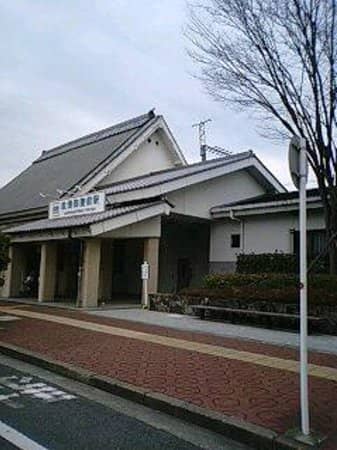
Highlights
Discover the most iconic attractions and experiences
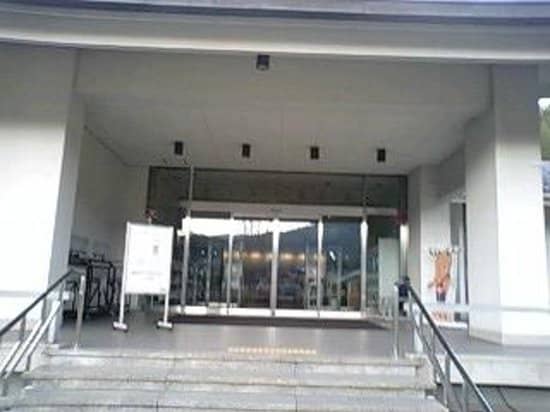
Ancient Haniwa Figures
Exhibition Halls
Discover charming Haniwa figures, the 'cuties from thousands of years ago,' offering a glimpse into ancient Japanese life and art.

Paleolithic to Nara Period Artifacts
Main Exhibition
Explore a vast collection spanning from the Paleolithic to the late Nara periods, showcasing the evolution of Japanese history and culture.
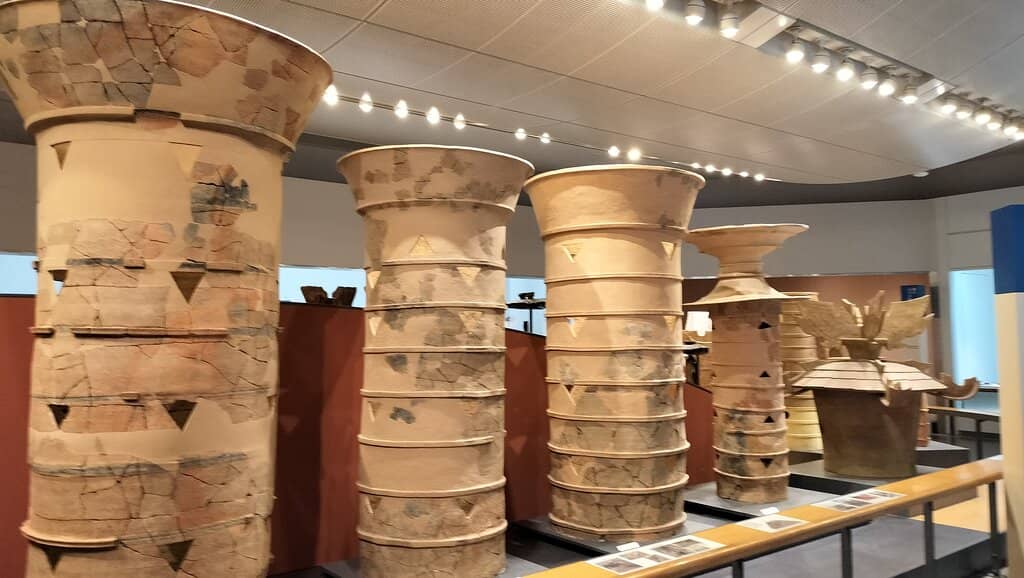
Kofun of Emperor Jimmu
Near the museum
Visit the nearby Kofun of Emperor Jimmu, the legendary first emperor of Japan, adding a significant historical layer to your visit.
Plans like a pro.
Thinks like you
Planning Your Visit
Free Entry for Foreigners
English Guidebook Available
Best Times
Insider Tips
from TikTok, Instagram & Reddit
🛂 Passport for Free Entry
Don't forget your passport! Foreigners get free admission, a great way to save money. :moneywithwings:
📖 Grab the English Guide
Most exhibits are in Japanese, but the English guidebook is essential for understanding the displays. :book_lover:
Recos on historical/cultural sites (excluding shrines)
🏛️ Combine with Kashihara Jingu
The museum is conveniently located near Kashihara Jingu shrine, making it easy to visit both. :shinto_shrine:
📜 Free Postcards Included
You'll receive a free booklet with English explanations and four pull-out postcards. :gift:
Tips
from all over the internet
🛂 Passport for Free Entry
Don't forget your passport! Foreigners get free admission, a great way to save money. :moneywithwings:
📖 Grab the English Guide
Most exhibits are in Japanese, but the English guidebook is essential for understanding the displays. :book_lover:
🏛️ Combine with Kashihara Jingu
The museum is conveniently located near Kashihara Jingu shrine, making it easy to visit both. :shinto_shrine:
📜 Free Postcards Included
You'll receive a free booklet with English explanations and four pull-out postcards. :gift:
What Travellers Say
Reviews Summary
Visitors praise the Kashihara Archaeological Institute Museum for its fascinating exhibits on early Japanese history and the incredible perk of free entry for foreigners with a passport. While most displays are in Japanese, the provided English guidebook significantly enhances the experience, making it highly recommended for history and archaeology enthusiasts.
"HANIWAs the cuties from thousands years ago! This Kashihara Archaeological museum made me visit Kashihara, Nara. OG capital of Japan, however, I've visited Nara maybe only 2 times in my life. So I planed the trip to Kashihara while in Japan with my aunt and cousin to explore!"
Vegas Mama
"Great place. Free entry for foriegners with a show of passport and you get a free booklet with english explanations and four pull out postcards. The exhibits are amazingly interesting and I was absolutely enthralled. I highly reccomend!"
Lyulf Tuffs
"Amazing museum. Highly recommended if you're into history and archeology. Close to Kashihara Jingu and the Kofun of Emperor Jimmu. The museum covers the history of the area from the Paleolithic to the late Nara periods, and has a lot of amazing artifacts, dioramas and displays. Most displays are in Japanese but there is an English guidebook available.
Admission is 800 yen but if you're a foreigner you can get in for free if you show your passport."
Chefman
What People Like
What People Dislike
Frequently Asked Questions
🚇 🗺️ Getting There
The museum is accessible by public transport. From Osaka, you can take a train to Kashihara-Jingumae Station, which is a short walk from the museum.
Information on parking availability is limited, but public transport is highly recommended for ease of access.
From Nara city, you can take a train to Kashihara-Jingumae Station. The journey is relatively short and convenient.
🎫 🎫 Tickets & Entry
Admission is 800 yen, but foreign visitors can enter for free by showing their passport.
Advance booking is generally not required, especially with the free entry for foreigners. Just bring your passport.
Opening hours can vary, so it's advisable to check the official website or local listings before your visit.
While the foreigner discount is significant, other discounts might be available for students or seniors. It's best to inquire directly.
🎫 🏛️ Onsite Experience
The museum features artifacts from the Paleolithic to the late Nara periods, including Haniwa figures, pottery, and tools, offering a comprehensive overview of early Japanese history.
Yes, the museum can be engaging for children, especially with the visually interesting Haniwa figures and dioramas. The English guidebook helps with understanding.
A visit typically takes 1-2 hours, depending on your interest level and how thoroughly you read the guidebook.
Photography policies can vary. It's best to look for signage within the museum or ask staff if photos are permitted.
While primarily display-focused, the dioramas and detailed exhibits offer an immersive experience into ancient life.
🍽️ 🍽️ Food & Dining
There are no specific dining facilities mentioned within the museum itself. Visitors may need to find eateries in the surrounding area.
The area around Kashihara-Jingumae Station likely offers various local restaurants and cafes serving Japanese cuisine.
📸 📸 Photography
Photography rules can change, so always check for signs or ask museum staff. Some exhibits may prohibit flash photography.
The Haniwa figures and any outdoor areas or displays near the entrance might offer good photo opportunities.
For Different Travelers
Tailored advice for your travel style
👨👩👧 Families with Kids
Pairing a visit to the museum with nearby sites like Kashihara Jingu can create a fuller day of exploration for the family. The museum's focus on early Japanese history offers a different perspective than the more commonly visited shrines and temples, providing a well-rounded cultural immersion.
🏛️ History Buffs & Archeology Enthusiasts
Make sure to utilize the English guidebook to its fullest to appreciate the nuances of the artifacts and displays. Consider dedicating ample time to explore the exhibits thoroughly, and perhaps combine your visit with nearby historical landmarks like the Kofun of Emperor Jimmu for a comprehensive historical deep dive.
Deep Dives
In-depth insights and expert knowledge
Unveiling Early Japanese History
Key to understanding the exhibits is the English guidebook, which provides crucial context for displays that are primarily in Japanese. This resource transforms a potentially confusing visit into an insightful journey. The museum's location also places it in proximity to significant historical sites, enhancing the overall exploration of ancient Japan.
Visitors often highlight the Haniwa figures as particularly charming and memorable. These ancient terracotta sculptures offer a direct connection to the people and beliefs of the past. Combined with other artifacts like pottery, tools, and diorama reconstructions, the museum provides a vivid picture of life in early Japan.
Navigating Your Visit: Practicalities and Perks
While the museum itself is a gem, its location near Kashihara Jingu and the Kofun of Emperor Jimmu offers opportunities for a more extensive historical tour of the area. Planning your visit to include these nearby sites can create a rich day of cultural and historical discovery.
For those planning their itinerary, weekday mornings are often recommended to avoid the largest crowds, allowing for a more contemplative experience with the exhibits. The availability of an English guidebook is a critical tip for maximizing understanding and enjoyment, ensuring that the historical narratives are accessible to a wider audience.
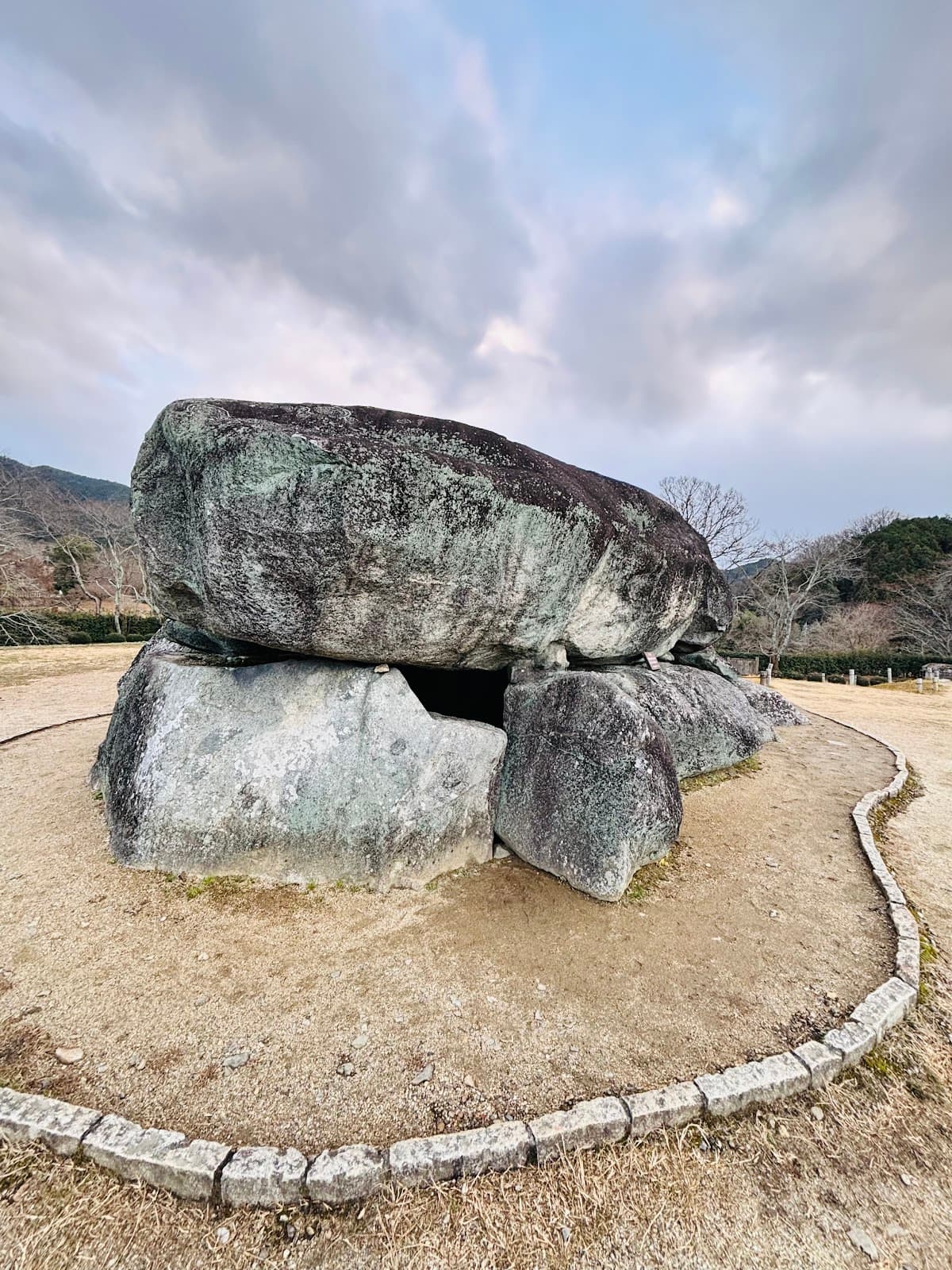





Social
from TikTok, Instagram & Reddit